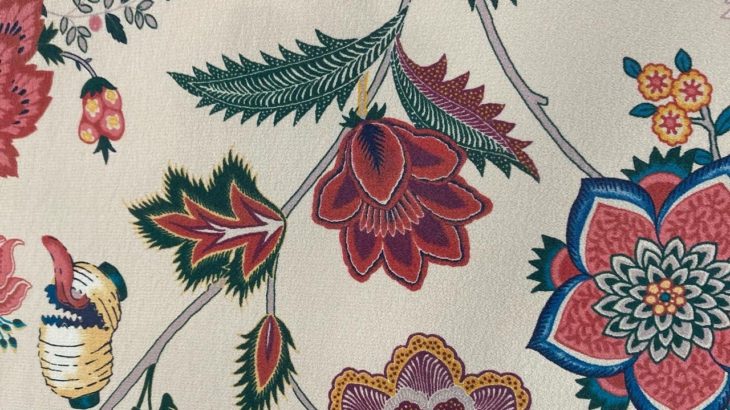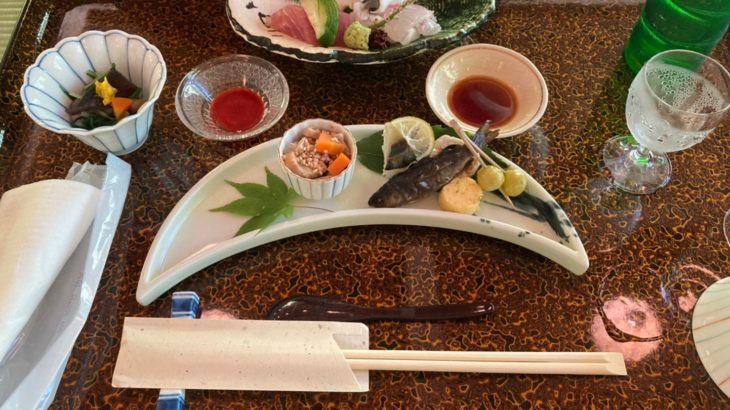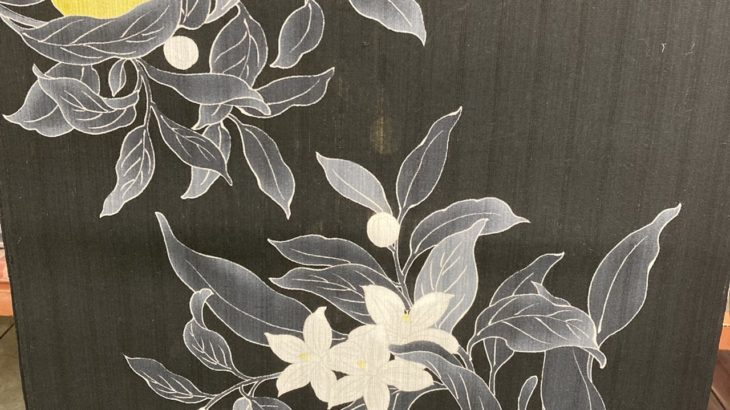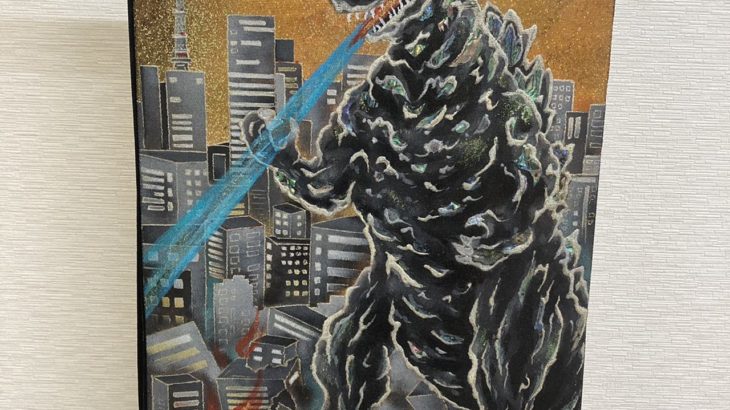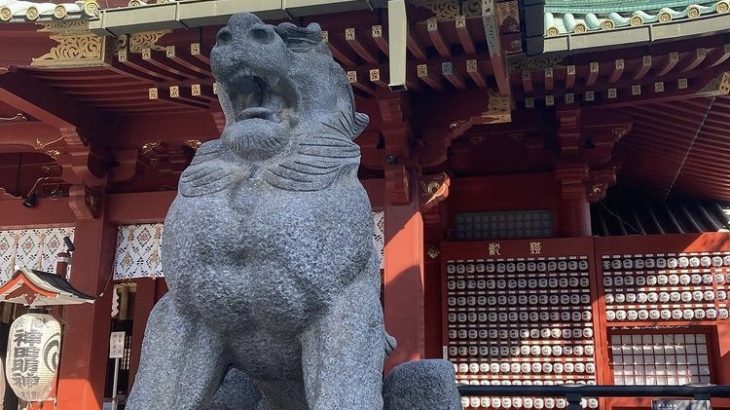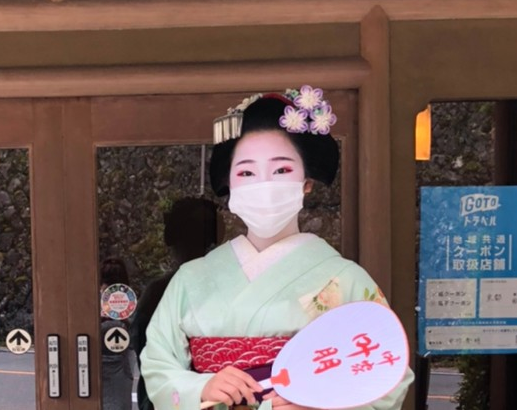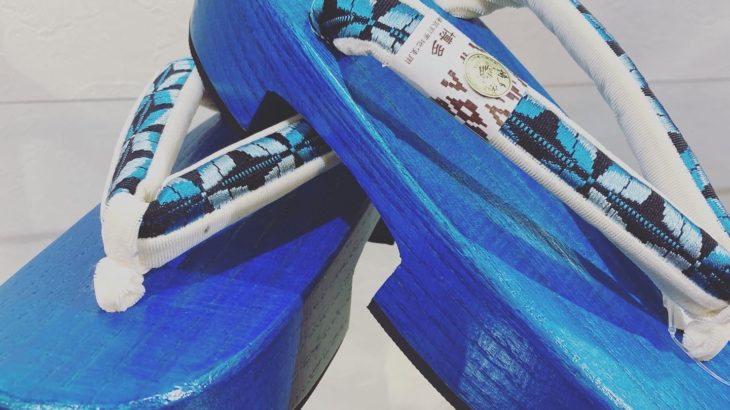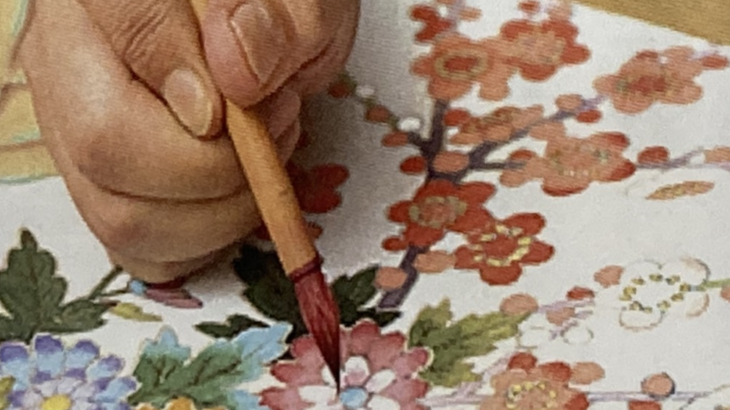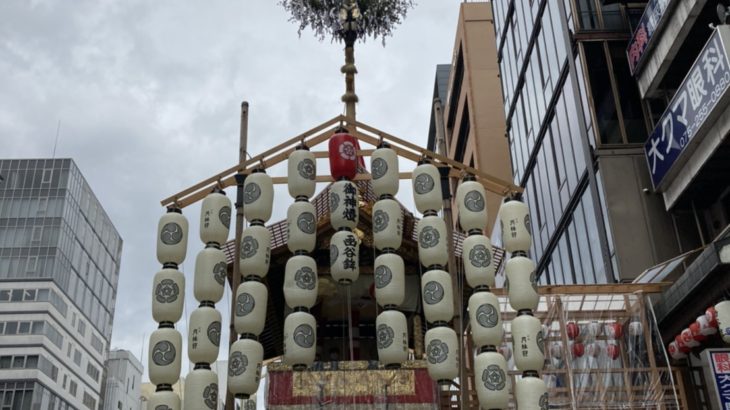Hello, this is Shinji from Warashibe Choja JP. This time, I would like to write about Japanese yokai, which were very popular on Instagram. Do you know the word “yokai”? Yokai It is said that the word was introduced in the Nara period (710-794) to mean “strange phenomenon. Plagues, typhoons, and other disasters, which are now scientifically understood, were strange phenomena whose causes were unknown at that time. It is said that the people of that time changed the term to “a person who causes strange phenomena”. Types of Yokai Yōkai are also called yokai (monsters), mononoke (monsters), or mamono (demons), but when translated into English, yōkai are sometimes referred to as monsters.Yokai = monsters in the Edo period (1603-1867), and my personal favorite yokai are often those that inhabit “objects”. ① Ghost lantern If the lanterns are not cared for and left unattended for many years, they turn into “ghost lanterns. It is said to be a yokai that frightens people, but since the torn lantern looks like an open mouth, it may have been created by a rumor that spread at the time to keep children from playing outside at night. ② Gasyadokuro It is a Japanese yokai […]
Hello, this is Shinji from Warashibe-Choja.jp. The other day, I went to a kawadoko in Kyoto. Maiko came again this year and showed us their dance and we had a great time talking with them about many things. I am happy that many of you read my article about maiko in last year’s issue and some of you subscribed to my Youtube page. This year, I would like to write about this pig I found on the riverbed. 1. Kayari-buta I didn’t know that mosquito coil pig had a name!” I think some of you may be thinking, “I didn’t know that mosquito coil pig had a name! It is a ceramic figurine also called “Katori-buta,” which is used by burning mosquito coils inside. Why a pig? There are some theories. There are several theories, but here is the origin. source1 There are several theories, but there is a story said to have spread in Aichi Prefecture. Tokoname City in Aichi Prefecture was the largest producer of clay pipes in Japan from the Meiji Era to the Showa Era, and the story is still passed down to craftspeople today.A long time ago, a pig farmer was troubled by mosquitoes perching on […]
Hello, this is Shinji from Wareshibe-choja.jp. This time, I would like to talk about yukata, a Japanese summer tradition. It is only March, but in order for consumers to see yukata, manufacturers prepare them at the end of last year, and in March, retailers go to wholesalers and manufacturers to stock them, which is the flow of the kimono industry. Recently, due in part to the impact of the H1N1 influenza, the main trend has been to produce to order in order to avoid overstocking. 1, History of Yukata During the Heian period in Japan, the main type of bath was a steam bath, and people bathed in a linen kimono worn at that time. In the Kamakura period, people bathed in loincloths and underwear called yumonji, and in the Azuchi-Momoyama period, people began to bathe naked. In the Edo period (1603-1867), after the spread of public bathhouses, the common people began to wear a cotton kimono called yukatabira to absorb excess water after bathing, which is said to have been the beginning of the yukata. 2, Spread of yukata In the Edo period (1603-1867), yukata, which were worn after taking a bath or as a nightgown, gradually came to […]
Hello, this is Shinji from Warashibe-choja.jp. Speaking of Nishijin, it is the largest obi production area in Japan.As I sometimes advertise on Instagram (@warashibe-choja.jp), I’ve been working with the craftsmen of Nishijin-ori to find ways to introduce Nishijin-ori to the world. This time, I would like to introduce some of the things we are working on with the craftsmen of Nishijin. History of Nishijin As I have mentioned before, after the Onin War (1467-1477), weavers who had scattered to various places returned to Kyoto and resumed weaving. The name “Nishijin” came from its location west of the Kyoto Imperial Palace. Types of Weaving Weaving has been flourishing since the 5th century, and after the Onin War, the area was called Nishijin, and this year marks 555 years since then. During that time, many techniques have been born and disappeared. I would like to introduce some of the techniques and weaving methods that still remain today. Tsuzure-ori The origin of Tsuzure-ori is said to be in Egypt, where Tsuzure-ori clothing was found in a royal tomb in the 15th century BC. It is said to have been introduced to Japan in the Asuka period, but after that, it was no longer […]
Hello, this is Shinji from Warashibecho.jp. This time, I’d like to talk about the Japanese New Year.Unlike the atmosphere overseas, Japanese New Year’s Day at once enhances the atmosphere of preserving old traditions. Today, I’d like to introduce some of them to you. 1, Japanese New Year In Japan, January 1st to 3rd is called San-ga-nichi, and many people take the day off from work. Nowadays, large supermarkets and department stores are open, but in the past, most stores were closed.The hectic atmosphere at the end of the year suddenly turns into a quiet atmosphere. 2, New Year’s decoration On New Year’s Day, we decorate the front door with ornaments called “Shimenawa” and “Kadomatsu”, and we also decorate the inside of the house with “Kagamimochi” (mirror rice cakes). These decorations are used as markers and offerings to Toshigami-sama ( the New Year’s god ), who is said to go around the houses to bring good fortune for the year. 1) Kadomatsu A Kadomatsu is decorated with three lucky charms, “Syo-chiku-bai”: a pine tree whose leaves never fall off throughout the year, a bamboo tree that grows quickly and has a strong life force, and a plum tree that blooms in […]
Hello, this is Shinji from Warashibe-choja.jp. It’s still hot, but the other day I went to Kawadoko in Kyoto. Kawadoko is a place where you can sit on the river and eat while cooling off on the floor. This time, I had a meal there and watched the maiko dance. I would be happy if you could watch the video of the maiko dancing later on, as I have uploaded the URL. Today, I would like to talk about maiko in Kyoto, which you should all try to meet at least once. About Maiko in Kyoto A maiko is a woman who adds entertainment to banquets by singing, dancing, and playing the shamisen (three-stringed instrument) in the flower districts called Gokagai in Kyoto (Kamishichiken, Gion Kobu, Gion Higashi, Pontocho, and Miyagawa-cho), and is in the apprentice training stage of a geiko. The age limit for maiko is up to 20 years old, and maiko are trained at the Okiya (a place like a training school for geiko) from the age of 15, and finish their training at the age of 20 to become geiko. Characteristics of Maiko Nihon-gami ( =Japanese coiffure ) A maiko’s nihon-gami is her natural hair. When […]
Hello, this is Shinji from Warashibe-choja.jp. This time, I will talk about how to store Zori and bags.Generally, it is common to all footwear, but please do not put it in a box immediately after going out. Zori has low humidity. If the back of the Zori is wet, it may cause mold or the bottom to come off. Let’s keep it dry enough. How to care Zori with tatami mats on the surface For Zori and Geta (= Japanese clogs) whose surface is made of tatami mats, wipe the surface of the tatami mats and dry them. Zori with a leather surface Zori sandals with a leather surface should be wiped well with a soft, dry cloth. Zori and bags made of enamel leather on the surface Wipe well with a soft, slightly moistened cloth. It is recommended that you occasionally clean your shoes with cream.Leather products such as enamel can be cleaned with benzine, but never use thinner, solvent-containing shoes or leather cream. It may scratch the surface of the enamel. Zori and bags made of Saga Nishiki For fabric products such as Saga Nishiki (= Japanese textiles using gold and silver threads), use a soft brush to […]
Hello, this is Shinji from Warashibe-choja.jp. This time, I would like to talk about the world of Kaga Yuzen in Ishikawa Prefecture. It will be the story of Kaga, which is famous for Keiji Maeda, so if you are interested, please read it to the end. The beginning of Yuzen-zome (=Yuzen dyeing) The name [Yuzen-zome] comes from Miyazaki Yuzensai, a Japanese fan painter who was active in Kyoto. Yuzensai is known to have lived in front of Chion-in in Kyoto and spent his later years in Kanazawa, dying in 1736 at the age of 83, but his birth is unknown. It is said that there is no doubt that Kaga Yuzen was established by Yuzensai, who was a popular Japanese fan painter at the time, who worked on the coloring of costumes. Features of Kaga Yuzen Miyazaki Yuzensai laid the foundations for both Kyo Yuzen and Kaga Yuzen, but each characteristic was born with the times. Kaga Yuzen is a painting-like pattern centered on a calm and realistic flower pattern, while Kyo Yuzen is characterized by a flowing collective arrangement pattern. It is believed that this is due to the support of the samurai culture of Kaga and the public […]
Hello, this is Shinji from Warashibe-choja.jp. On July 16th, I went to Kyoto to hear the story of a potter’s teacher. The day before Yamaboko-jyunko is called “yoi-yama” in Gion matsuri. Every year, many people can’t walk, but due to the influence of COVID-19, there were few people and I could take pictures. This time, there are three major festivals in Japan, “Kanda Matsuri” in Tokyo, “Tenjin Matsuri” in Osaka, and “Gion Matsuri” in Kyoto. I would like to talk about one of them, “Gion Matsuri”. Matsuri = festival? Speaking of Matsuri, it is translated as Festival in English. Speaking of Festival, I feel a gorgeous image. There are many festivals in Japan to celebrate a good harvest, but “Gion matsuri” was originally born in 869 as a matsuri that gathers and worships evil spirits by setting up 66 Hoko (= halberds) in order to calm the plague during the Heian period. Gion Matsuri is not a gorgeous festival. It is a matsuri where you can hear a little lonely music called Gion-bayashi. When is Gion Matsuri? Gion matsuri will be a one-month matsuri from Kippuiri on July 1st to Ekijinjya-nagoshisai on July 31st. It is said that you can […]
Hello, this is Ryo from “Warashibe-choja.jp”. Today I would like to talk about embroidery.Just as there are traditional embroidery in each country such as French embroidery and Chinese embroidery, there is also something called “Japanese embroidery” in Japan. Depending on the place of origin, they are called “Edo embroidery,” “Kyoto embroidery,” “Kaga embroidery,” etc., and although the basic technique is the same, there are small differences in patterns and colors. Japanese embroidery is an embroidery that is stabbed with both hands using silk thread, and its origin is said to be the “Shubutsu” that was handed down from India across the Chinese Silk Road in about 500 AD. I will. The oldest surviving embroidery craft in Japan is called “Tenjukoku Mandala Embroidery Book”, a national treasure handed down at Chuguji Temple in Nara Prefecture. It is a pictorial representation of the heavenly world that Prince Shotoku would have ascended to. Around the 14th century, it was gradually released from the frame of Buddhist art and used for kosode and Noh costumes, and it began to color the costumes of aristocrats and samurai. However, in the latter half of the 19th century, the samurai and shrines, which were the main orderers, […]
